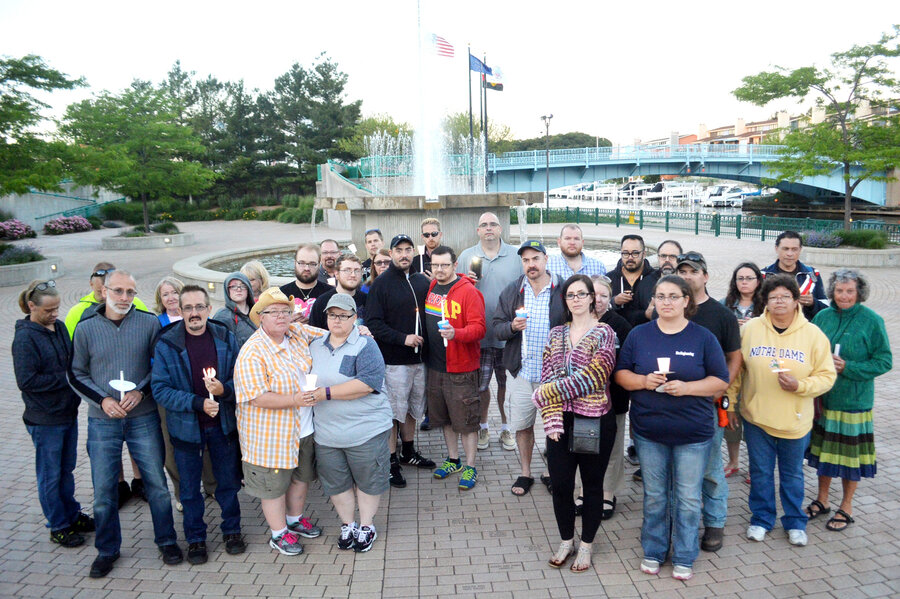For the first time ever, Facebook uses Safety Check in the US
Loading...
After the deadliest mass shooting in American history, Facebook initiated its Safety Check feature for the first time in the United States.
“Waking up this morning, I was deeply saddened to hear about the shooting in Orlando,” Facebook founder Mark Zuckerberg wrote on his own profile Sunday morning. “My thoughts and prayers are with the victims, their families and the LGBT community.”
The Safety Check application comes after about 50 people were killed, and another 50 wounded, when a gunman attacked Pulse nightclub in Orlando early Sunday morning.
The Facebook feature likely reassured some loved ones of those near the shooting, but for others, the anguish continues. Families and friends waited for hours Sunday at Orlando Regional Medical Center Sunday to hear the fate of their relatives. As of Monday morning, only 33 victims have been officially identified.
Facebook first began working on the original prototype of Safety Check – then named Disaster Message Board – in March of 2011, after a 9.0 magnitude earthquake off the coast of Japan triggered a tsunami that killed almost 16,000.
The company later launched the official version of Safety Check in late 2014. Within a year, it was activated for Typhoon Ruby in the Philippines, Tropical Cyclone Pam in the South Pacific, and a series of earthquakes in Afghanistan, Chile, and Nepal. In November 2015, Safety Check was offered after the terrorist attacks in Paris – the first time the feature was used for a manmade disaster.
Regardless of the reason for deployment, the Safety Check tool allows people to quickly and easily tell loved ones they are safe, as The Monitor's Jeff Ward-Bailey explains:
The Safety Check feature is pretty simple: when a user launches the Facebook app, it uses location services such as GPS and Wi-Fi to determine the user’s location. If the person is in an area that has recently been struck by a natural or human-caused disaster, Facebook offers a big green “I’m safe” button that, when pressed, automatically sends out an update to their social network. Safety Check also tallies how many friends are in the affected area, and how many have checked-in as safe so far. (There’s also a smaller button reading “I’m not in the area,” for those times when Facebook doesn’t get the user’s location quite right.)
But since its deployment during the Paris attacks, critics have called Safety Check an example of Western media’s double standard. The day before the Paris attacks, a double suicide bombing in Beirut killed 37 and wounded 200 more, but no such Safety Check was enlisted.
“Many people have rightfully asked why we turned on Safety Check for Paris but not for bombings in Beirut and other places,” Facebook CEO Mark Zuckerberg posted on his official page directly after the Paris attacks. “Until yesterday, our policy was only to activate Safety Check for natural disasters. We just changed this and now plan to activate Safety Check for more human disasters going forward as well.”
Less than a week later, Facebook activated Safety Check after twin suicide bombings in Yola, Nigeria killed 32 people.
Since November, Safety Check has been issued for the South Indian floods in December, terrorist attacks in Ankara, Turkey in February, and three times in March, for terror attacks in Brussels, Ankara, and Lahore.








